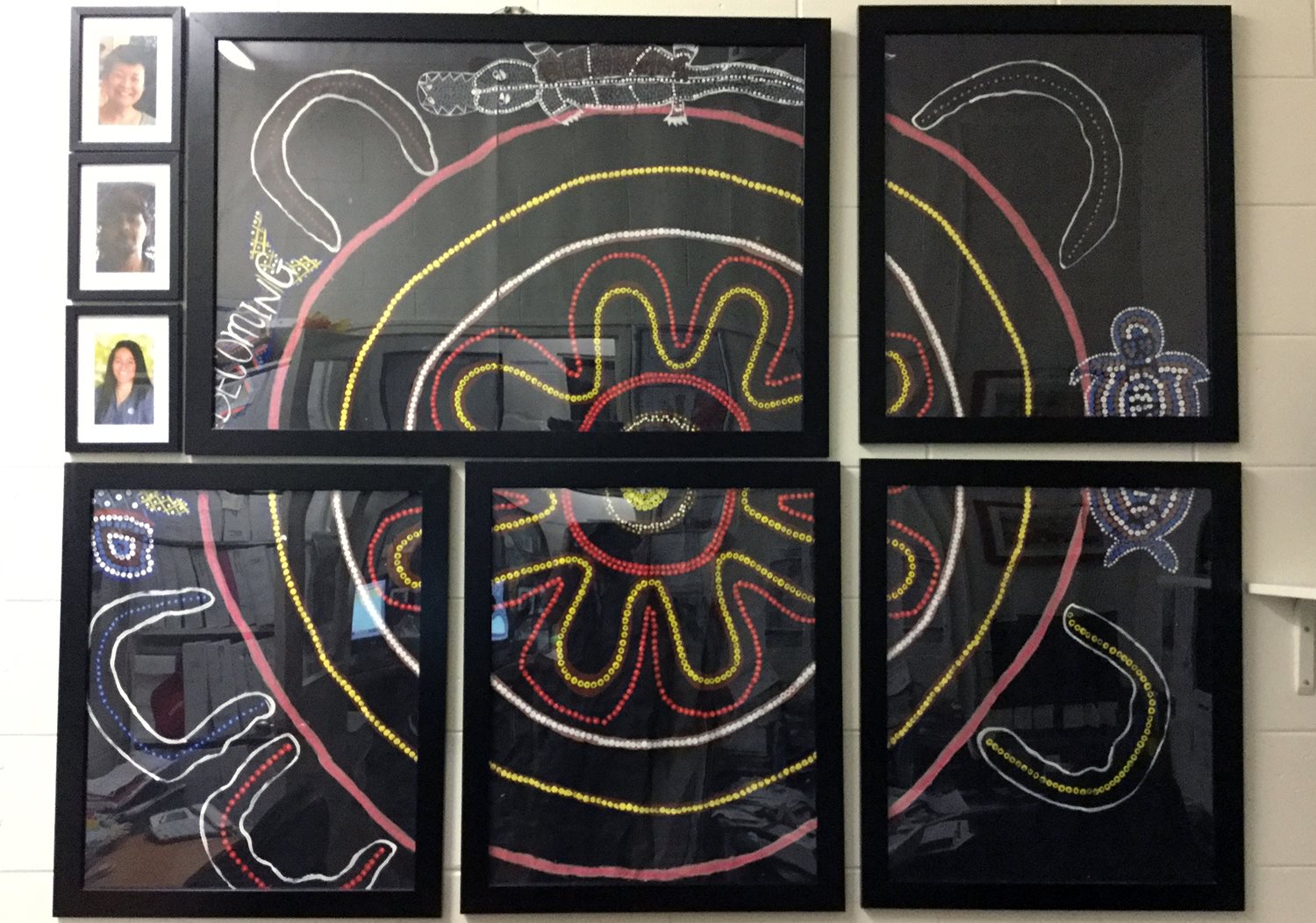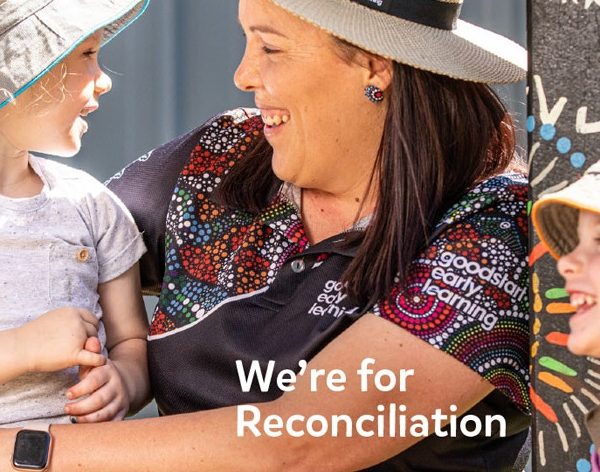Cultural safety for educators – more than good workplace culture

The piece below explores the notion of cultural safety for educators, and has been shared with The Sector by Lainey Walker an Aboriginal woman with Bigambul and Gamilaraay heritage and Reconciliation Action Plan Coordinator at QCAN.
Lainey first shared this piece with NOSHSA’s All About OSHC magazine, and her perspective has been reshared here with permission. To access the work in its original format, see here.
Within our services we do the utmost to protect our stakeholders from physical harm or hazard, with much of our workforce having a strong understanding and awareness of Workplace Health and Safety. In more recent times we’ve seen our definition of safety broaden to encompass the mental health and wellbeing of our educators, with the increased utilisation of Employee Assistance Programs (EAPs).
Across the early childhood education and care (ECEC) sector you will find many services dedicating significant time and resources to establishing a good workplace culture. Workplace culture refers to a service’s values, beliefs, attitudes, and practices, but at its core what we ultimately want from our workplace culture is a team that enjoys their time at work and feels safe, supported and valued. Achieving a positive workplace culture requires consistent and ongoing investment, which inherently results in a better service for all stakeholders.
Does good culture guarantee cultural safety?
So, where does cultural safety fit? Does a good workplace culture guarantee a culturally safe workplace for educators? Unfortunately, it is not quite that simple.
Cultural safety is defined as “an environment that is spiritually, socially, and emotionally safe, as well as physically safe…where there is no assault, challenge or denial of their identity, of who they are, and what they need. It is about shared respect, shared meaning, shared knowledge, and experience of learning together (Williams, 1999).”
It is certainly no easy feat establishing and maintaining cultural safety when negotiating between dozens of individual’s personal cultures and beliefs, on top of the perspectives, opinions and needs of our other stakeholders and community members.
This negotiation can become even more complex when something as fundamental as one’s identity is politicised, which is often the case for Aboriginal and Torres Strait Islander peoples and/or members of the LGBTQIA+ community.
How do we support our educators to feel culturally safe when their identity is viewed as political? How do we strike the balance between ensuring the wellbeing of our workforce, whilst also acknowledging the diverse perspectives of all stakeholders?
R-E-S-P-E-C-T…simple but not simple
The simple, yet also not so simple answer is respect. Williams (1999) refers to “shared respect” and “learning together” in their definition of cultural safety. It is ultimately a willingness to share and learn together that will help us promote cultural safety within our workplaces.
In an interview with WorkSafe QLD, Mark Watego explores the use of cultural capability in creating mentally healthy and safe workplaces. Watego outlines “cultural humility” and states “when we’re engaging with other cultures [it is important to] put ourselves in the state of humility as the learner and to understand the person’s story and experiences, it’s theirs and so if we are truly interested in engaging then the whole point is about putting yourself in that learner position”.
A willingness to listen and a respect for diverse perspectives serves as a healthy foundation for cultural safety. However, what does this look like in practice?
Cultural safety in practice
Some key considerations include (but are certainly not limited to):
- Are there provisions for cultural practices within service policies and procedures e.g. Sorry Business and Ramadan? Are cultural practices disparaged as inconvenient to business needs? How would you respond if an educator needed support regarding cultural matters?
- Is one’s cultural identity assumed or denied on the basis of their physical appearance?
- Are there opportunities for a portion of the professional development budget to be allocated towards cultural competence and/or anti-bias training?
- Does your service have a Reconciliation Action Plan with a commitment to take action against racism? Does your whole team collaborate to develop and update the service’s anti-bias policy?
Cultural safety is not static nor is it something that is earned and possessed indefinitely; like any relationship it requires constant maintenance, ongoing reflection and a willingness to identify potentially problematic personal practice. We have a responsibility to ensure our stakeholder’s identities are not challenged or denied, rather validated and celebrated!
Within the work we do as Outside School Hours Care educators we place significant emphasis upon identity, which is evident within our Approved Learning Framework- My Time Our Place. As a sector we are dedicated to supporting our children’s sense of identity and wellbeing, can we say the same for our educators?
To view the original coverage of this story please see here. The Sector would like to thank Lainey Walker and NOSHSA for their cooperation in bringing this story to our readers.
Image credit: Goodstart Early Learning
References
Williams, R. (1999). Cultural safety – What does it mean for our work practice? Australian and New Zealand Journal of Public Health. 23. 213 – 214
Watego, M. (2020). Using cultural capability to create mentally healthy and safe workplaces. Work Safe QLD. https://www.worksafe.qld.gov.au/resources/campaigns/safe-work-month-2021/resources/presentations/using-cultural-capability-to-create-mentally-healthy-and-safe-workplaces
Popular

Workforce
Quality
Research
When did it start to go wrong?
2025-12-18 08:00:46
by Fiona Alston

Policy
Economics
Jobs News
Provider
Workforce
Children’s Services Award changes finalised to address gender-based undervaluation
2025-12-12 06:58:10
by Fiona Alston

Economics
Provider
Quality
Jobs News
Policy
Practice
Workforce
The year in review: 2025's most impactful ECEC news stories and shifts
2025-12-16 07:32:18
by Fiona Alston















